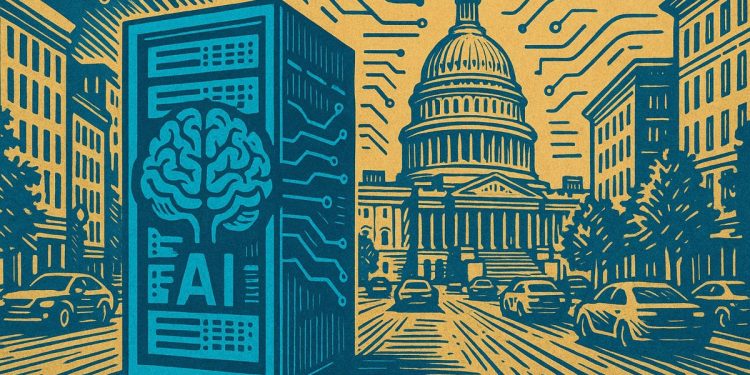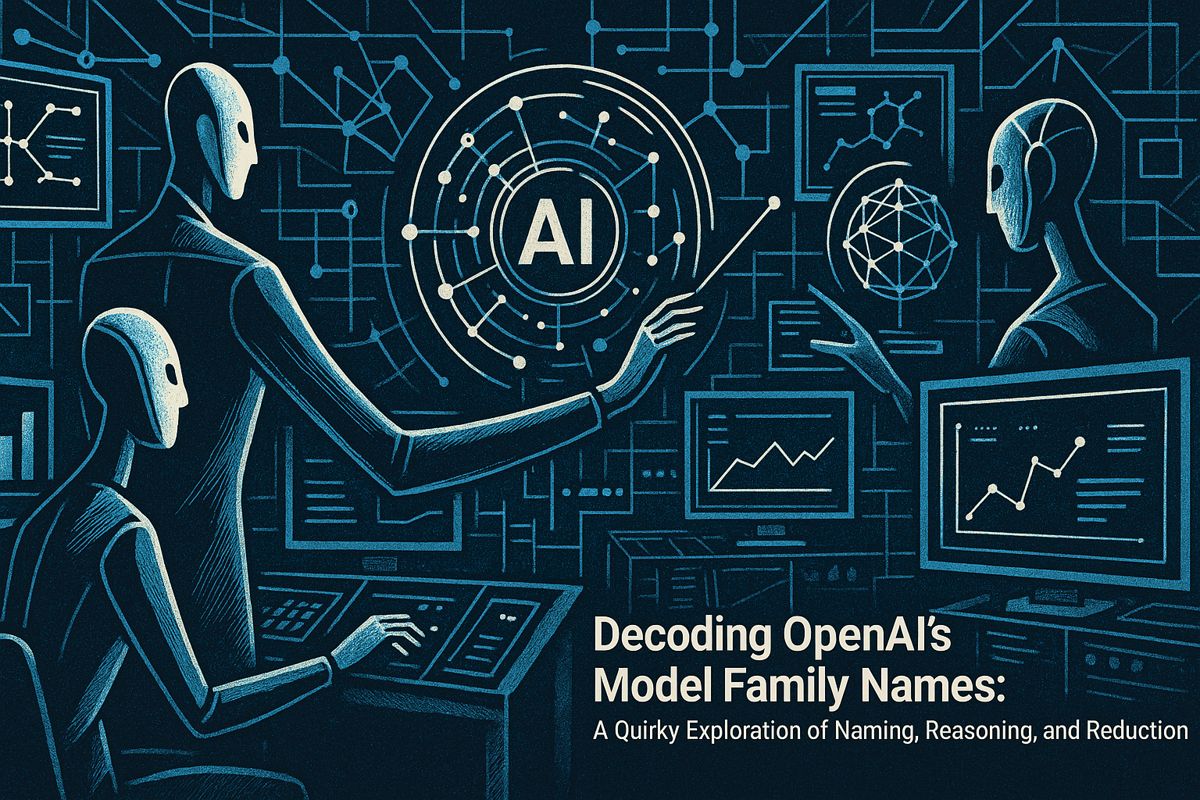The United States has declared open-source artificial intelligence a national priority to keep its lead in technology, as China quickly catches up in AI. The government is putting $2.3 billion into open-source projects, giving more people access to powerful computers, and making stricter rules about selling AI chips to other countries. Companies must now share how their AI works if they want big government contracts. This bold shift has sparked strong reactions around the world, with China and the EU responding with their own new rules.
What is the significance of the U.S. declaring open-source AI a national priority?
The U.S. has made open-source artificial intelligence a national priority to maintain global AI leadership as China advances rapidly. The plan redirects $2.3 billion to open-source projects, expands supercomputing access, imposes export controls, and requires companies to adopt open development principles for federal contracts.
The United States has officially declared open-source artificial intelligence a national priority through the America’s AI Action Plan released on July 23, 2025. This represents the most significant shift in Washington’s AI strategy since the technology’s commercial emergence, pivoting from exclusive proprietary development to transparent, collaborative innovation.
Why This Shift Matters Now
The policy emerges as China’s open-weight AI models advance rapidly, with Chinese developers releasing models comparable to Western equivalents at 60% lower computational cost. The U.S. government frames this as responding to a “race for global AI dominance” with clear stakes: whoever controls the foundational AI infrastructure will shape the next decade of technological progress.
Concrete Policy Changes Taking Effect
| Initiative | Implementation Timeline | Expected Impact |
|---|---|---|
| Federal Funding Redirect | Immediate (90-day rollout) | $2.3 billion redirected to open-source projects through NSF, DOE, and DARPA |
| NAIRR Expansion | Q4 2025 | 500+ universities gain free access to government supercomputing resources |
| Regulatory Sandboxes | By December 2025 | 15 controlled environments for testing AI without regulatory burden |
| Export Controls Tightening | August 2025 | New restrictions on AI chip exports to China and allies |
What Companies Need to Know
-
Funding Access Changes: Startups releasing open-weight models now qualify for fast-track SBIR* grants covering up to 75% of development costs. The NSF reports 312 applications received in the first month post-announcement, compared to 47 during the same period in 2024.
-
Infrastructure Investment*: The plan allocates $8.7 billion for domestic chip manufacturing, with Taiwan Semiconductor Manufacturing Company (TSMC) and Intel each securing $2.1 billion in preliminary agreements to expand U.S. facilities.
-
Compliance Requirements*: Companies must now demonstrate “open development principles” to qualify for federal AI contracts exceeding $10 million. This includes publishing model weights, training data methodologies, and safety evaluation results.
Global Trade Implications
The policy creates immediate friction points:
- China Response: Beijing announced retaliatory measures requiring all foreign AI models to undergo 180-day security reviews
- EU Concerns: European Commission expressed “significant reservations” about U.S. export restrictions affecting their AI development programs
- Alliance Building: The plan explicitly encourages exporting the “full American AI stack” – hardware, software, models, applications, and standards – to allied nations as counterweight to China’s Digital Silk Road
Early Market Response
Stock market reactions within two weeks of announcement:
– Meta: +12.3% (strongest single-day gain since 2021)
– AMD: +18.7% (semiconductor manufacturing beneficiary)
– Palantir: -8.2% (concerns about proprietary model relevance)
Trade associations representing 847 AI companies submitted formal support letters, while 23 filed confidential concerns primarily regarding intellectual property protection in open-source environments.
Practical Next Steps for Organizations
- Review Licensing: Audit current AI projects against new open-source compliance requirements
- Apply Early: Submit NAIRR access applications before October 1 when initial capacity caps take effect
- Assess Supply Chains: Map semiconductor dependencies, particularly for chips containing location verification features now required under export controls
- Documentation : Prepare model transparency reports following NIST’s revised AI Risk Management Framework (expected October 2025)
What exactly changed in U.S. AI policy with “America’s AI Action Plan”?
The July 2025 policy shift elevates open-source AI to national-priority status, marking the first time the federal government has directly endorsed open-weight models as a cornerstone of its technology strategy. Instead of primarily funding closed, proprietary systems, agencies must now prioritize grants and contracts for open-source projects unless a compelling security case is made for secrecy. The plan also pairs this openness with $2.3 billion in fresh infrastructure funding for domestic data centers and semiconductor manufacturing, aiming to cut reliance on foreign supply chains within three years.
Why is the U.S. suddenly betting on open-source AI?
White House documents cite China’s rapid release of competitive open-weight models as the catalyst. Over the past 18 months, Chinese labs have published 14 large-scale open models versus only six from U.S. teams, eroding America’s historical lead on public benchmarks. By mainstreaming open development, the U.S. hopes to triple its active developer base (currently estimated at 180,000) and accelerate iteration cycles from 9–12 months to 3–4 months, mirroring gains seen in the open-source software era.
How will startups and researchers benefit?
The expanded National AI Research Resource (NAIRR) now offers free GPU-hours and curated datasets to any accredited research institution or small company. Early-access users report cutting training costs by up to 67 % compared with commercial cloud rates. Additionally, new regulatory sandboxes let firms test high-risk applications (medical imaging, algorithmic lending, etc.) in real-world settings without immediate compliance burdens, shortening go-to-market timelines by an average of 10 months according to pilot data.
Are the big tech companies on board?
Meta, Google, and Microsoft have all issued public endorsements, with Meta pledging to release its next 70-billion-parameter Llama variant under an Apache 2.0 license. Meanwhile, Dell and NVIDIA announced a joint $500 million domestic manufacturing initiative aligned with the plan’s hardware incentives. Surveys by the Consumer Technology Association show 82 % of member firms view the policy as “favorable” or “very favorable,” citing reduced regulatory uncertainty.
What happens next?
Key milestones for 2026 include:
– Q1: Full NAIRR rollout to 250 universities and 500 startups
– Q2: First federal procurement awards favoring open-source AI
– Q3: Mandatory review of export-control lists to close China loopholes
– Q4: Publication of a new NIST framework that embeds open-source best practices for risk management
Stakeholders expect these moves to push U.S.-origin open models to 40 % of global downloads by late 2026, up from 23 % in mid-2025, according to Stanford’s AI Index preliminary forecast.



















